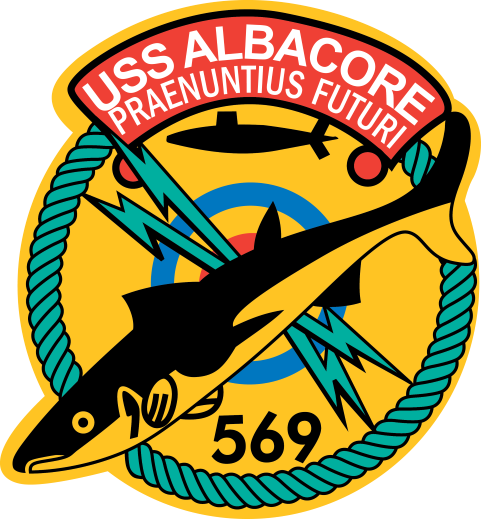Massachusetts Curriculum Frameworks
The following are topics within the Massachusetts Curriculum Frameworks that are addressed through USS Albacore Programming. Please contact info@ussalbacore.org to set up a class trip to Albacore Park and to specify which elements of the framework you are hoping to fulfill so that we can plan your groups programming accordingly.
Social Studies
Guiding Principles
Guiding Principle 5: an effective history and social science curriculum integrates knowledge from many fields of study
Includes developments in science, technology, and mathematics
High School
US History II Topic 4: Defending Democracy: The Cold War and Civil Rights at Home
Analyze domestic trends during the Cold War, including increased education
World History II Topic 5: The Cold War Era
Arms race
Evaluate how scientific developments of the 20th century altered understanding of the natural world, changed the lives of the general populace, and led to further scientific research
Science and Technology/Engineering
Grade 3:
3.3-5-ETS1-1.Define a simple design problem that reflects a need or a want. Include criteria for success and constraints on materials, time, or cost that a potential solution must meet.
Grade 4:
4-PS4-3.Develop and compare multiple ways to transfer information through encoding, sending, receiving, and decoding a pattern.
Examples of solutions could include drums sending coded information through sound waves, using a grid of 1s and 0s representing black and white to send information about a picture, and using Morse code to send text.
Grade 5:
5.3-5-ETS3-1(MA). Use informational text to provide examples of improvements to existing technologies (innovations) and the development of new technologies (inventions). Recognize that technology is any modification of the natural or designed world done to fulfill human needs or wants
Grade 7:
7.MS-ETS3-1(MA). Explain the function of a communication system and the role of its components, including a source, encoder, transmitter, receiver, decoder, and storage
7.MS-ETS3-2(MA). Compare the benefits and drawbacks of different communication systems.
7.MS-ETS3-3(MA). Research and communicate information about how transportation systems are designed to move people and goods using a variety of vehicles and devices.
7.MS-ETS3-5(MA). Use the concept of systems engineering to model inputs, processes, outputs, and feedback among components of a transportation, structural, or communication system.
High School:
HS-ETS3-2(MA). Use a model to explain how information transmitted via digital and analog signals travels through the following media: electrical wire, optical fiber, air, and space. Analyze a communication problem and determine the best mode of delivery for the communication(s).
Math
Grade 3
3.G: Reason with shapes and their attributes
Classify shaped by their sides and angles (right angles/non-right angles)
Grade 4
4.G: Draw and identify lines and angles, and classify shapes by properties of their lines and angles.
Draw points, lines, line segments, rays, angles (right, acute, obtuse), and perpendicular and parallel lines. Identify these in two-dimensional figures.
